

Interviews
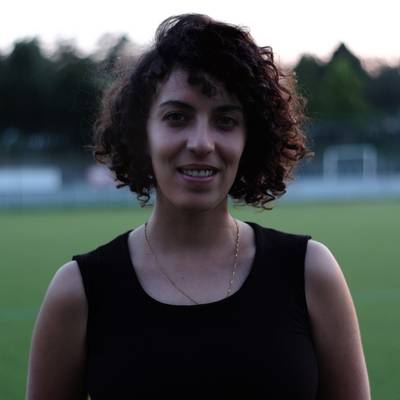

Can we turn folklore into a source of learning - a knowledge source that informs us about social struggles that otherwise go unnoticed by the powerful?
READ“For All Wars to Come”: An Interview with Noor Abed
Can we turn folklore into a source of learning - a knowledge source that informs us about social struggles that otherwise go unnoticed by the powerful?
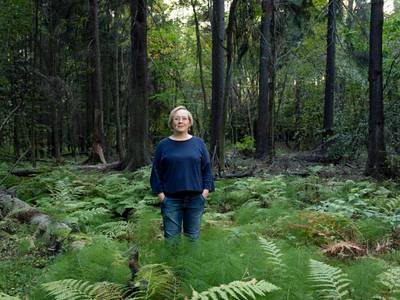

Maija Blåfield on misunderstanding and perception; her complex relationship with photography; embracing the unexpected while working with documentary subjects; and revealing the magic behind the ordinary in moments created by the texts and photographs.
READContact Reality: A Conversation with Maija Blåfield
Maija Blåfield on misunderstanding and perception; her complex relationship with photography; embracing the unexpected while working with documentary subjects; and revealing the magic behind the ordinary in moments created by the texts and photographs.
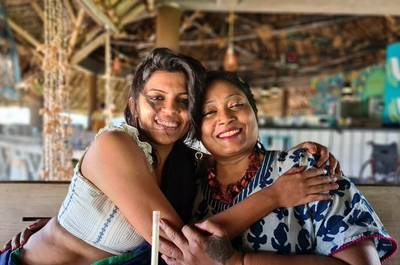

Dr. Aiswarya Rao on navigating hostile spaces for people-particularly women- with disabilities through the organization ‘Better World Shelter for Women with Disabilities’, building safe spaces, changing policies, and tying art into livelihood, fun, and friendship.
READBlending Art, Friendship & Advocacy: A Conversation With Dr. Aiswarya Rao
Dr. Aiswarya Rao on navigating hostile spaces for people-particularly women- with disabilities through the organization ‘Better World Shelter for Women with Disabilities’, building safe spaces, changing policies, and tying art into livelihood, fun, and friendship.
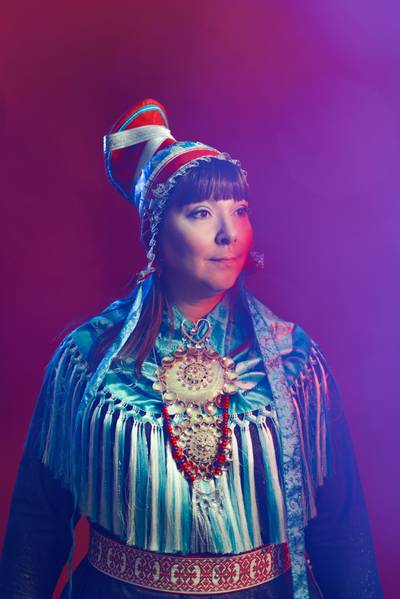

In an engaging and insightful interview, conducted by Sophia Mitiku, Nuorgam based musician and yoiker Ánnámáret talks about the changing nature of yoiks, adjusting archival material to contemporary times. Having grown up between two cultures, she talks about how to understand spirituality and philosophy through their collisions and similarities in everyday life experiences.
READBetween Being Political & Being Politicized: A Conversation With Ánnámáret
In an engaging and insightful interview, conducted by Sophia Mitiku, Nuorgam based musician and yoiker Ánnámáret talks about the changing nature of yoiks, adjusting archival material to contemporary times. Having grown up between two cultures, she talks about how to understand spirituality and philosophy through their collisions and similarities in everyday life experiences.
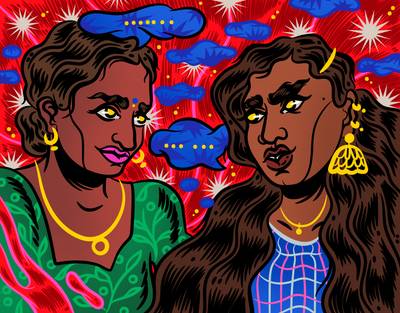

Abinaya and Vanessa reflect on their experiences in the Tamil community and discuss the pressure to represent Tamilness for non-Tamil audiences. Abinaya discusses her work with Tamil Guardian, which sought to combat Sri Lankan government propaganda and elevate the voice of the Eelam Tamil polity. Vanessa discusses her role in editing Tamil Futures, a creative arts magazine aimed at the global Tamil community, which prioritized creative archiving and documenting underrepresented histories.
READWriting Tamilness: Perspectives From Tamil Futures and Tamil Guardian
Abinaya and Vanessa reflect on their experiences in the Tamil community and discuss the pressure to represent Tamilness for non-Tamil audiences. Abinaya discusses her work with Tamil Guardian, which sought to combat Sri Lankan government propaganda and elevate the voice of the Eelam Tamil polity. Vanessa discusses her role in editing Tamil Futures, a creative arts magazine aimed at the global Tamil community that prioritizes creative archiving and documenting underrepresented histories.


Hiwa is interested in research, participatory working, and collective action, but he is also interested in making it, for lack of a better word, fun. Previously written texts and press articles on Hiwa have called him an “extellectual”, someone who gains knowledge from ‘the streets’, through conversations and the exchange of books. Despite the risk of repeating pre-published information, I find it critically important for the sake of reading the following interview to point out that the qualities of humour and satire—to neither take oneself too seriously nor wallow in the miseries of the world—occupy a central position in Hiwa’s work.
READOn Recognising the Moment of Hope: Speaking in Echoes With Hiwa K.
Ali Akbar Mehta interviews Hiwa K. on navigating the capitalistic system of art, ‘urgency’ of climate change and notions of homeland.


The fifteen-minute-long film did not give me a chance to blink; I could not stop thinking about its dreamlike atmosphere that traveled back and forth between the present and past moments through the familial archives and present-time footage. Paola’s attempt to reconstruct her past in relation to her current search for answers as to why she is thousands of kilometers away from her family captivated me. What you’re reading is an exchange between Paola and me in which we try to understand her working processes and inspirations for creating this work in greater depth.
READMommy, Say Something to the Camera: A Conversation with Paola Fernanda Guzmán Figueroa
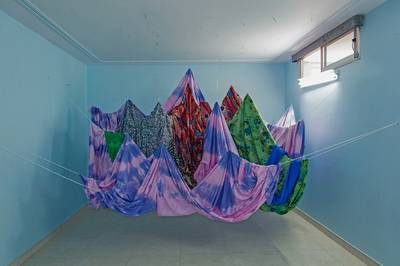

I began using fabric within my fine art practice in 2015. However, I have been immersed in textiles my whole life, and my mother is undoubtedly the main inspirational force behind this incredible experience. Our house was always full of fabrics: curtains, mattresses, sheets, and many of my mother’s Chador Namazes (prayer veils). As children, my brother and I often made a big tent in our bedroom out of my mother’s chador that almost occupied the entire room. I was excited to experience a different space between the wrinkles of the fabric, as if entering another world. What surreal joy to lie down on the carpets and stare at the floral chador ceiling.
READWeaving Connections in the Flow: A Conversation With Leila Seyedzadeh
On feminine approaches to collage making with fabrics and the influence of Negārgari, ancient paintings in Iran.
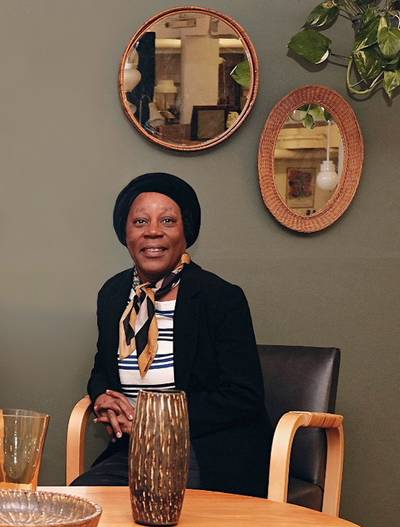

Sonia Boyce is a pioneer of the British Black Art movement. Her practice stems from the visual arts but has grown in so many directions that categorizing her work into any single art form feels oversimplifying. Then again, that is partly the nature of Black Art: the need and ability to be multiple things and escape definition simultaneously. Sonia and I are from different generations; we work with distinct art forms in different contexts and very different parts of Europe. Despite these differences, we almost immediately find a common language. In our discussion, we define it as the language of blackness. Working as a black man in northern Finland, it is a rare opportunity to have a tête-a-tête with my elders. It can even be hard to recognize my elders. Sonia called it systemic amnesia, how our environments erase our lineages and make us think we are alone.
READDreaming Utopias Into Existence: A Conversation With Sonia Boyce
On the simultaneous decentralizing and contextualising of the self, and lightening the burden of representation.
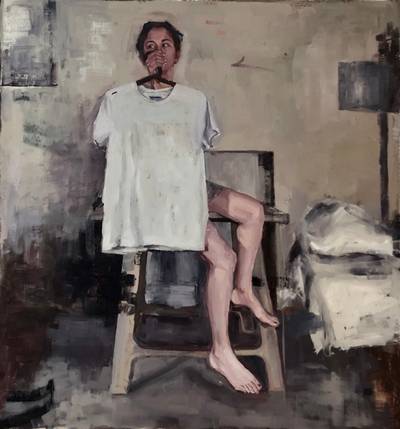

Sympathetic resonance in music is the reactionary sonar vibration in an object caused by the vibrations of a different object: It is like the awakening of a note in something that is not actively made to sound. When I see the newest paintings by Aishe Vejdani, this is what I feel. The visual resonance sounds a similar chord in my retina, and I feel emotional waves ripple through me.I am intrigued by how the paintings look, both ancient and new. These works reference Aishe’s ancestral past, including the hardship of her forefathers.
READFrom Memory to Memorial: A Conversation With Aishe Vejdani
Anna Ruth interviews Iranian artist, Aishe Vejdani, on how literature, history, music, and social dissonance influence her artwork.


Today most Dalits are first or second-generation learners who are still trying to assert their existence and improve their societal position. In doing so, they prioritise safety and financial security and often enter fields tried and tested by their parents or other Dalit community members – they do not have the privilege of “choosing” versatile careers like art or filmmaking. Moreover, there is limited access and almost no exposure to the process of entering these industries. Even though Art is a storytelling medium that can bring about change, it is arduous and challenging for Dalit Bahujan filmmakers to publish their stories in a gate-kept caste society. Telling a story itself is the Art that propels change. Still, the question remains, how to break through the caste-based gatekeeping and works towards building a Dalit and Bahujan discourse of filmmaking and documenting?
READStories of Resistance: A Conversation With Filmmakers Omey Anand and Jyoti Nisha
How to break through the caste-based gatekeeping and work towards building a Dalit and Bahujan discourse of filmmaking and documenting?


The following interview is an intimate and vulnerable dialogue between distant friends: Naomi Joshi and Vivetha Thambinathan, back in 2020. When we finally spoke, to my surprise, an organic friendship was born as words were exchanged, from similarities and differences in our experiences to statements of solidarity, acknowledgements of pain, and an unwavering fight for healing and care. Vivetha opened her heart to me, and I feel grateful to share her unbelievably eloquent voice.
READOn (the lack of) Diversity in Academia: A Conversation With Vivetha Thambinathan
Naomi Shefali Joshi holds an intimate dialogue on the necessity of creating radical spaces for amplifying a plurality of voices that focus on counter-hegemonic perspectives in academia.